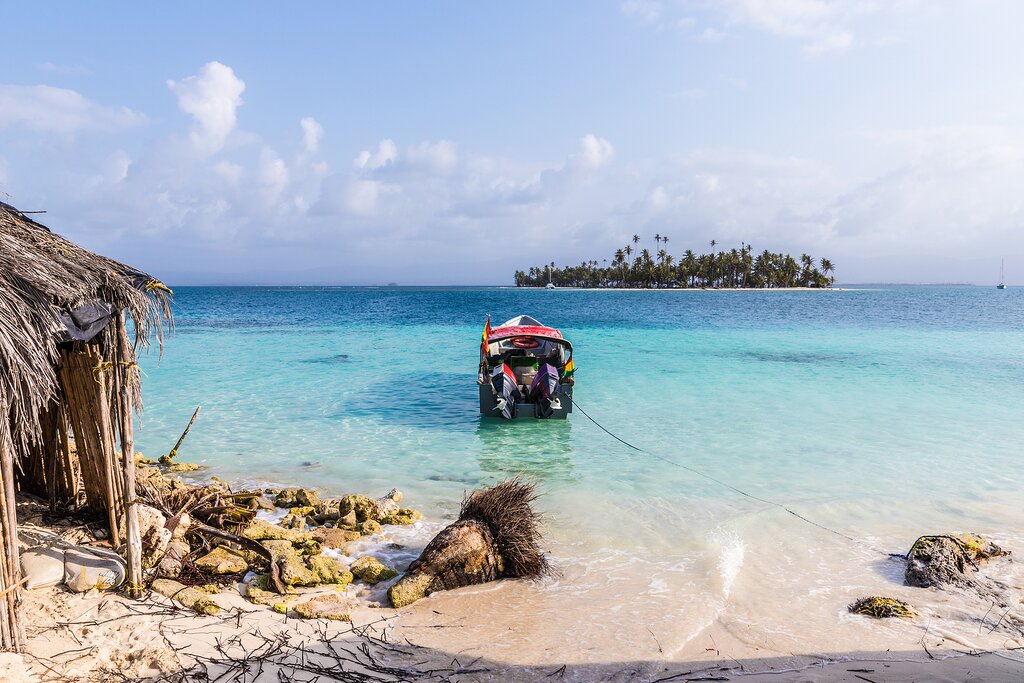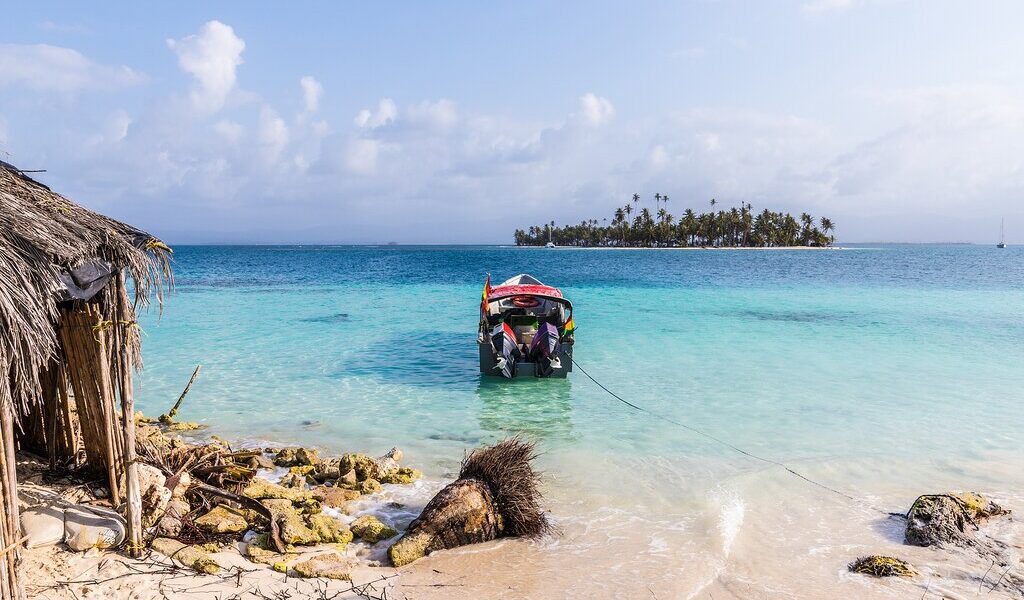
February falls right in the middle of the dry, high season in Panama. It’s an ideal time to hit the beaches on both the Pacific or Caribbean coasts, but you won’t have the country to yourself. Read on to learn more about traveling to Panama in February.
Weather in Panama During February
February finds Panama squarely within its dry season, a period that typically extends from December to April. This translates to predominantly hot and dry weather conditions throughout much of the country. Due to its tropical location, situated not far north of the equator, Panama experiences consistently warm temperatures year-round. The average annual temperature hovers around 86°F (30°C), but during the dry season, particularly in February, temperatures can easily climb to 90°F (32°C) or even higher, especially in coastal areas.
It’s important to understand that Panama boasts two distinct climate zones: the climate of the Pacific coast and that of the Caribbean coast. February presents a stark contrast between these two regions. The Pacific coast is reliably dry during this month, offering abundant sunshine and minimal rainfall. However, the Caribbean coast presents a different picture. While generally drier than other times of the year, you might still encounter some rainfall along the Caribbean coastline, and also inland, particularly in the higher elevations. The Western Highlands, with their increased altitude, can experience noticeably cooler temperatures. It’s not uncommon for temperatures to dip as low as 45°F (7°C) in this region, and you might even experience some damp conditions, even in the midst of the dry season. So prepare accordingly if you plan to venture there.
Crowds and Costs in February
February is undeniably a peak travel season for Panama. This surge in tourism is amplified when Easter falls early, and particularly when Carnival coincides with February. The influx of visitors is a mixture of domestic travelers enjoying their own holidays and international tourists escaping the frigid winters of North America and Europe, seeking warmer climates and sunny skies.
Consequently, if you’re planning a trip to Panama in February, it’s absolutely crucial to book your accommodation and transportation well in advance. This is especially true if you plan to visit popular beach destinations or if your trip coincides with Carnival celebrations. Expect higher prices for flights, hotels, tours, and other travel-related expenses during this peak season. Demand is high, and prices reflect that reality.
Where to Explore in Panama
During February, Panama’s Pacific coast beckons with its dry and sunny weather, making it ideal for beach vacations and water activities. While the Caribbean coast might experience some rain, the overall conditions are still generally favorable for enjoying time on the beach. Panama’s beach resort towns offer a more authentic and relaxed atmosphere compared to some of the more developed destinations in Central America and the Caribbean.
Among the highlights are the stunning Pearl Islands, located southeast of Panama City, known for their pristine beaches and tranquil atmosphere. Isla Palenque, situated near the western city of David, is another gem, offering secluded beaches and lush rainforest. Bocas del Toro, on the northwest Caribbean coast, is a popular destination for its vibrant nightlife, excellent surfing, and diverse marine life. Don’t forget the San Blas Islands, a collection of Caribbean islands renowned for their breathtaking white-sand beaches and fascinating indigenous cultures. These islands are incredibly popular in February, despite the slightly wetter conditions on the Caribbean coast, so book well ahead.
For those seeking a more adventurous vacation, the dry season is the most comfortable time to explore Panama’s rainforests, particularly the remote and biodiverse Darien National Park in far-eastern Panama. Alternatively, you could choose to visit the aquatic wonderlands that are the Gulf of Chiriquí National Marine Park and the Bastimentos National Marine Park. For a shorter and more accessible rainforest experience closer to the capital, consider a day trip to the Soberania National Park.
If you want to escape the heat, consider a visit to Boquete, the Volcan Baru National Park, or the La Amistad International Park in the Western Highlands. Here, you’ll find Panama’s highest mountain, Volcan Baru, towering at 11,400 feet (3,475 m). Be sure to pack a sweater and rainwear, as even in the dry season, the weather in the highlands can be unpredictable.
For an unforgettable experience of Panama’s Carnival festivities, Panama City is an excellent choice. The city puts on a spectacular show, with colorful parades, music, and dancing. Another great option is the cultural center of Las Tablas, located in the southern Azuero Peninsula, which hosts one of the largest and most vibrant Carnival parades in the country.
Things to Experience in Panama
February offers excellent visibility for diving and snorkeling, thanks to the dry-season conditions on the Pacific coast. While the Caribbean coast may experience some winds and rain, conditions are still generally favorable for these activities. The consistent breezes on the Caribbean coast also make kite surfing a popular activity at this time of year.
Away from the coast, bird-watching and hiking in the national parks are perfect activities for February. The Darien National Park, an ecologically-diverse rainforest at the southern tip of Central America, provides opportunities to hike through the jungle and discover remote beaches.
B-2003

